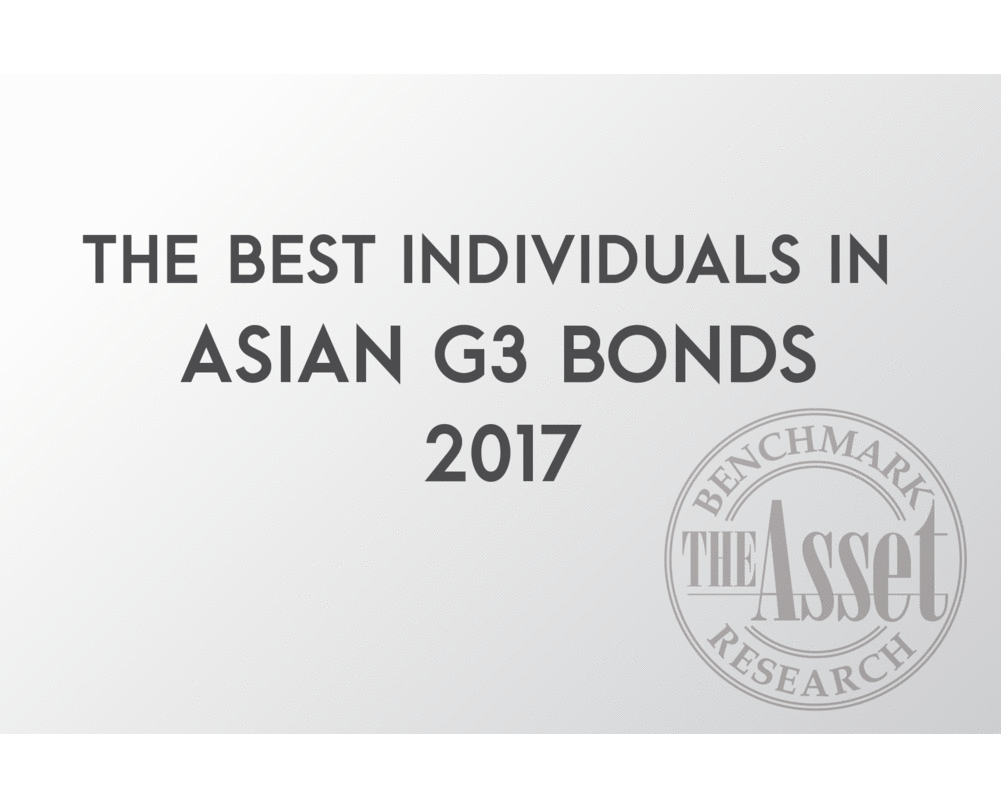
The uncovering of asymmetric information to underpin investment decisions remains as valued as ever, a survey conducted by Asset Benchmark Research (ABR) indicates. But you would think analyst research has gone out-of-style by the recent pronouncements that suggest it has passed its sell-by date.
A number of factors seem to suggest this. First is the cost associated with sellside research. In years past, it served as a differentiator – as a hurdle, if you like – that separated those seen to be serious about the securities business and the rest. The service is bundled with other execution costs such as sales coverage and trading.
Regulation such as the amended Markets in Financial Instruments Directive (Mifid II), which comes into force in 2018, mandates that the bundled service is no longer permissible, and in the interest of transparency investment research will have to be paid separately.
Meanwhile, the shrinking balance sheets of investment banks as a result of regulation such as the Dodd-Frank Act’s Volcker rule, which has led to reduced trading and the warehousing of securities, led banks to pay less and less for their research hires. One Singapore-based head of credit research calls it the “juniorization of research on the Street”.
The explosive growth of passive investing, especially exchange-traded funds (ETFs), following the global financial crisis in 2008, has further cast a shadow over the value of analyst research. ETF assets under management have skyrocketed from under US$800 billion then, to over US$4 trillion by April 2017. ETFs’ value propositions are that they are cheap and transparent because they do not provide research and yet are still able to outperform actively managed funds.
In the face of all these, however, analyst research is unlikely to go away. Indeed, it may well gain strength as banks transform their offering to better suit their clients’ needs. The latest ABR survey on Asia’s fixed income market, for example, indicates that among the highly-ranked sellside analysts, the exodus to the buyside has begun.
Edwin Chan, who during his time at UBS topped the ABR analyst ranking for nine consecutive years, most recently as head of credit thematics in the region, joined the wealth management arm of the bank late last month. Henry Ng who was ranked while he was with Citic Securities in 2016, moved to an analyst role at Segantii Capital Management early this year. Peijiao Yu, who also placed last year when he covered onshore investment grade credits at Citi, joined Credit Suisse Asset Management as a portfolio manager in August.
Another trend this year is the salience of the desk analyst model. Rather than sitting behind the proverbial “Chinese wall” and within the research umbrella, this is when the analyst becomes part of the trading team, analyzing and valuing new and existing issues thereby offering investment and trading ideas.
“There’s a very finite supply of bonds,” explains one buyside investor in support of the desk model. “When a company issues a bond, there will be 300 million of it or 500 million. As an analyst you really do need to understand the technical side to be able to value properly.” This is particularly true in Asia, which in recent years has been benefiting from relentless onshore demand.
The investor market is also evolving. Chinese investors are today a growing segment, driving appetite for G3 Asian credits – especially the Chinese names, which are narrowing credit spreads to their tightest ever. As a group too, they also tend to go with the flow, meaning they follow where the demand is greatest. Combining fundamental and technical aspects supports the desk model.
Inevitably, the matter of trust creeps into the conversation. Even when sitting behind the “Chinese wall” and now the emergence of the desk model, investors are conscious of potential conflicts of interest. For a fixed income head, trust is the key in differentiating whether the analyst is just talking up their own book. “One good thing is that we know with desk analysts that they know the trader’s position. But whether we trust them is really because we think that they are true to their own opinion; if the trader then keeps pushing their analysts to talk up the wrong position it can be quite annoying.”
And here lies the reason why good quality credit research will survive irrespective of the circumstance driving changes in the industry. Talents such as Stella Li at Citi, who was ranked first in the analyst category in this ABR survey and covers China onshore high yield, exemplifies this trait. “She writes very well, she does very good pieces and puts her neck out,” says a Singapore-based portfolio manager. “She really deep dives on the situation and gives us a good thorough overview of the situation and helps us make decisions.” Li was previously on both the sellside and then the buyside at the private bank of Morgan Stanley.
Being bold and taking a view on a credit regardless of the outcome is also reiterated by another Singapore-based fund manager. “When Joyce Liang writes it is with some conviction. No matter whether it is right or wrong, she takes a view; you always applaud that. Whether it’s a bad call or wrong call, it’s still the right thing to do.” Liang, who was previously in an analyst role covering China property and SOE names, has now transitioned into a credit strategist position and heads Asia-Pacific credit research at Bank of America Merrill Lynch.
Ranked in the top ten for the first time this year, Li and Liang’s good showing in this year’s ABR survey also points to the importance of China coverage. For the international houses this is an opportunity, especially as some view Chinese banks as lagging in this regard, although prominent in the primary market. “I don’t think they (Chinese banks) are resourced and not just inexperienced. They don’t have the people there to really provide research, sales and trading services to clients at the moment,” says one sellside researcher. For the Chinese banks and securities firms, the pull of the primary market is too large to ignore and the cost of funding required to service the secondary market is not as lucrative.
Those who have made it to the highly-commended ranks for the first time this year include Tony Chen who mainly covers property and onshore high yield at Nomura. Diwakar Vijayvergia is also a new entrant and is Jefferies’ head of credit desk strategy. “Usually he can provide very swift and quick responses on new issues,” says a Hong Kong-based portfolio manager.
On the economist and strategist side, Jaiparan Singh Khurana at Standard Chartered and Helen Qiao at Bank of America Merrill Lynch take spots within the top ten for the first time. Robin Xing at Morgan Stanley and Andre De Silva at HSBC also rank, the latter having previously been awarded in ABR’s local currency sellside ranking.
In sales, there is also a sentiment that it is getting harder to find talent. “I see that sales are not as hard working as before, at least compared with when I started in this industry. People like Yili Dong at Citi and Yan Lu at Credit Suisse work hard and they try to understand the credits,” says one fund manager in Hong Kong.
New entrants to the top ten ranks include Shuang Song at JP Morgan, Sandeep Tharian, previously with Standard Chartered, and Bessie Wang at BOCI. This is the first time a salesperson from a Chinese house has featured in the top ten. “Bessie knows both what kind of bonds we investors want and also understands what source of money the issuers want. She can be a very good bridge between us and the DCM to match the needs,” says an onshore portfolio manager.
On the trading side, Alan Kao at Haitong International Securities and Anand Rajmani at Citi rise to the top ten ranks for the first time. Kao covers the high yield trading for the flow business at Haitong while Rajmani covers onshore high yield trading at Citi. Again, this is the first time a Chinese house has featured in the execution category, also reflecting the changing landscape.
For the latest rankings of the Best Individuals in Asian G3 bonds for 2017, please click here.
Additional reporting by Jacky Fung.









